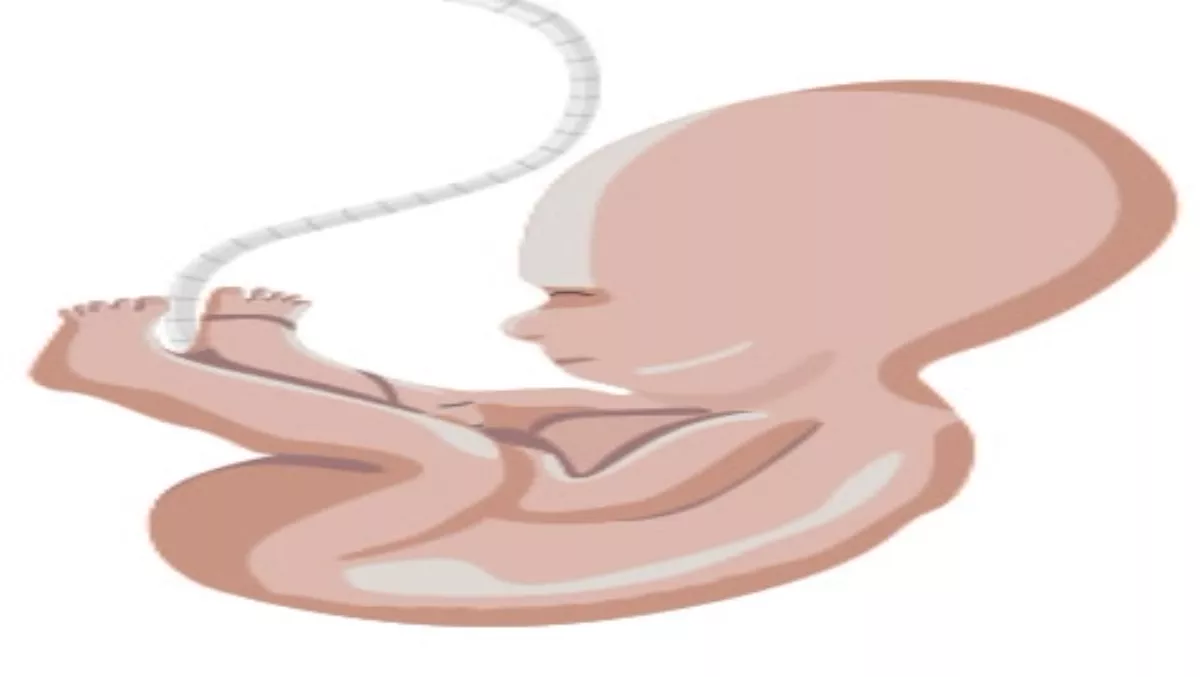
Nurture your IT baby
IT isn’t an organisational structure, it’s an organisational asset and companies need to ensure that leaders at all levels have a permanent sense of responsibility for managing IT.By default or by design, companies get the IT capability they've bought and paid for. Don’t believe me? Check out the CIO. Chances are if you wouldn’t want to have lunch with her, then the powers that be at the top of your organisation either don’t know what they want from IT or prefer that IT play in the background, not the foreground.The CIO, and the IT organisation as a whole, reflects an organisation's understanding and aspirations for IT. To understand what your organisation wants IT to do, identify the role that best describes your IT organisational capability:The butler. This is the concierge view of IT. In these organisations, IT is expected to play a supporting role, responding to and fulfilling requests from the business in a "no fuss, no muss" manner. Although this may sound like heaven on earth, understand that butler IT organisations will not innovate or lead in technology application or adoption. In partnering, the best you can expect is a professional service provider and not a strategic partner.The grinder. This is the commodity view of IT. In these organisations IT is expected to play a tactical role, providing basic IT services at low cost. In focusing primarily on efficiency, this organisation will not be able to develop strong business partnership, deliver top-notch services, and apply technology to drive shareholder value.The team player. This is the operational support view of IT. In this organisation, IT is expected to run efficiently and work collaboratively with its business partners to embed technology into business processes. IT is considered central to operating efficiently and reducing the costs and risks of operations, but it is totally dependent on business partners for their insights about applying technology for competitive differentiation.The entrepreneur. This is the innovative IT organisation. In this organisation, IT is expected to lead the business in applying technology to improve the company's strategic differentiations. IT governance is baked in to overall corporate governance, and the CIO reports to the highest levels of the organisation, frequently discussing key issues with the board of directors.Whether your IT baby is smart or dumb - or somewhere in between - understand that the current state reflects many years of (conscious or unconscious) senior leadership parenting.

